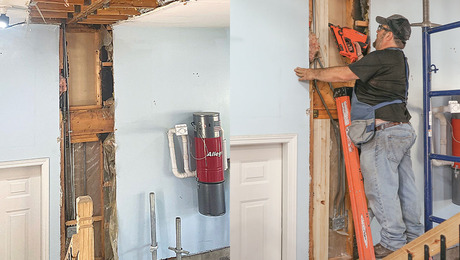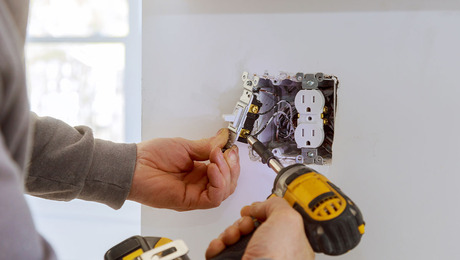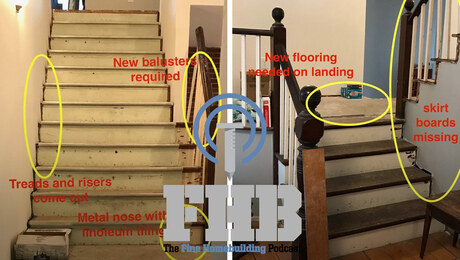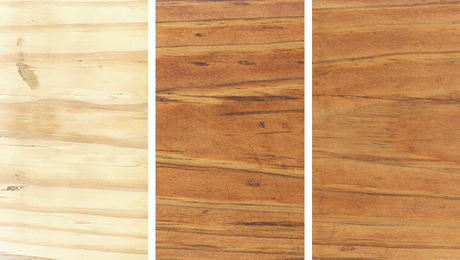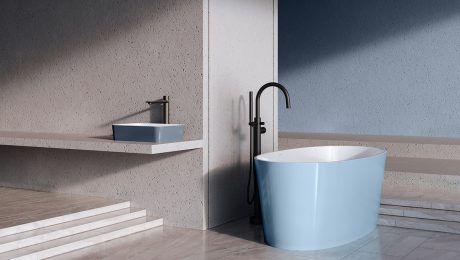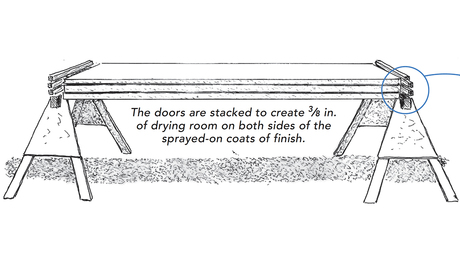Q:
In Condensation in the attic, Marc Rosenbaum suggested that ceiling fans, recessed lights and other fixtures be sealed to reduce air leakage into attics. The gap between a fixture and the drywall can be easily sealed with caulk, but leakage through the fixture itself can be substantial. Are there sealing materials that can be safely used inside recessed light fixtures and other wiring appliances in ceilings and walls?
William Nesse, Greeley, CO
A:
Marc Rosenbaum of Energysmiths in Meriden, New Hampshire, replies: I would definitely advise against sealing any recessed lighting fixture that is not designed to be sealed. The airflow through the fixture, although wasteful of energy and potentially damaging to the ceiling/roof structure, is necessary to keep the fixture adequately cool, especially if the fixture uses incandescent lamps. Many of these fixtures have not been rated for insulation contact for the same reason, and sealing one of these fixtures creates a fire hazard.
Many recessed light fixtures have thermal cutouts that cut power to the lamp if the enclosure gets too hot. A number of overheating fixtures in one room can lead to a disco-lighting effect, with the fixtures going on and off as they heat up and cool down. This effect is probably not desirable unless you’re a big fan of the Bee Gees or Donna Summer.
One solution to the air-leak problem is a retrofit kit made by Scientific Component Systems (2651 Dow Ave., Tustin, Calif. 92680; 714-730-3555). SCS’s kit puts an airtight insert inside the can of a typical recessed fixture while converting the lamp to a more efficient compact fluorescent
A second solution, especially if the leaky fixtures are causing attic problems, is replacing them with new airtight fixtures. These fixtures allow very little air leakage under the normal pressure in a house and are also IC-rated, allowing insulation contact. Airtight fixtures are available at most lighting stores. A final solution is replacing leaky fixtures with surface-mounted fixtures such as track lights, but this option is probably the most costly of the three.
